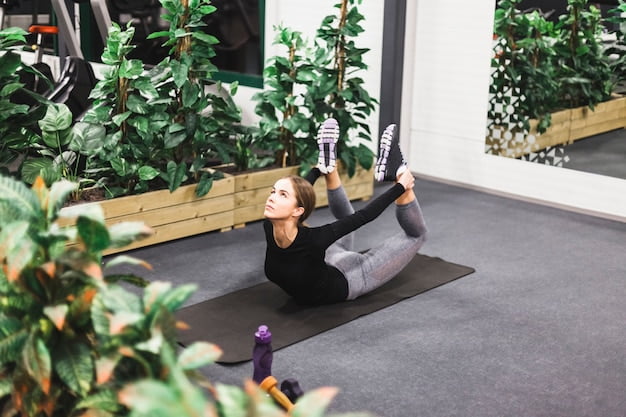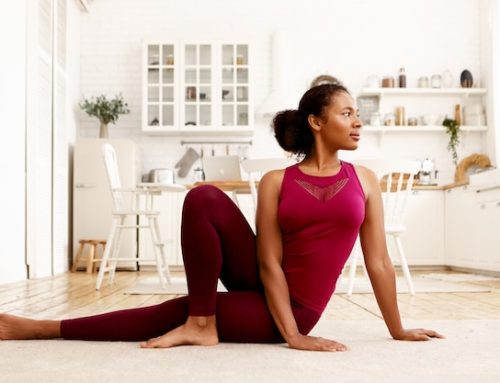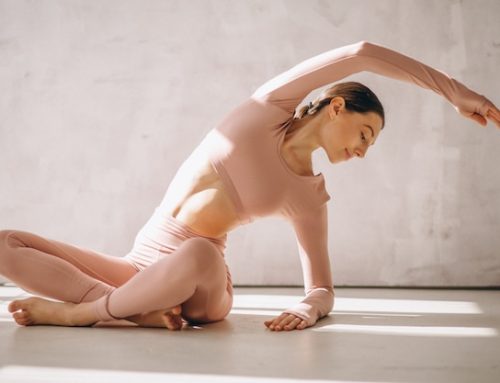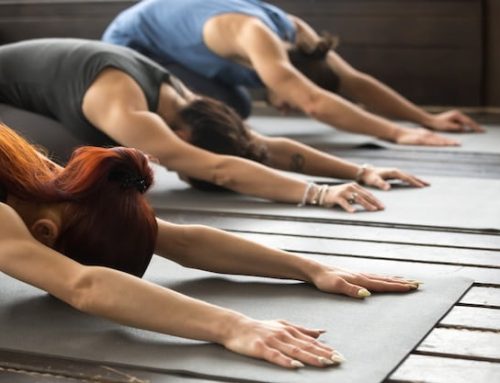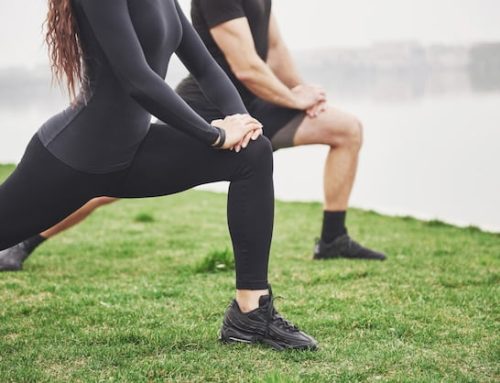The Benefits of Stretching Sore Muscles
As someone who enjoys an active lifestyle, it’s essential to know the importance of stretching muscles after physical exertion. Whether you’re a professional athlete or a gym-goer, you’ve probably experienced soreness and stiffness in your muscles. The big question is: is it better to massage or stretch sore muscles? Let’s explore the benefits of stretching sore muscles.
The Benefits of Stretching
Stretching is an effective way to release tension and stiffness in muscles, making you feel more relaxed and flexible. It’s also a great way to improve blood circulation, which can help with nutrient and oxygen delivery to muscles. Stretching can also help prevent injuries, as it encourages better range of motion in joints and muscles, reducing the risk of muscle strains or tears during physical activity. Additionally, stretching can help improve posture and balance, which can translate to better performance in sports or other physical activities.
The Benefits of Massaging
While stretching is an effective way to release tension in muscles, massaging can also be beneficial. Massaging sore muscles can help to increase blood flow, reduce inflammation, and alleviate pain. Massage can also help to break up any knots or adhesions in the muscles, which can help to improve mobility and flexibility. Massaging can also be a great way to relax and de-stress, as it promotes the release of endorphins and other feel-good hormones.
Which is Better?
So, which is better – stretching or massaging sore muscles? The answer is that it depends on the individual and their specific needs. Stretching and massaging both have their unique benefits, and often, the best approach is to use both methods together. Stretching can help to prepare the muscles for massage, making them more receptive to the benefits of massage. After a massage, stretching can help to maintain the mobility and flexibility of the muscles.
The Benefits of Combining Stretching and Massaging
Combining stretching and massaging can be very effective in promoting muscle recovery and reducing soreness. For example, after a workout, stretching can help to cool down the muscles and reduce inflammation. This can be followed up with a massage to help further reduce inflammation and promote relaxation. After the massage, stretching can help to maintain the mobility and flexibility of the muscles.
Other Methods to Relieve Sore Muscles
Aside from stretching and massaging, there are other methods that can be effective in relieving sore muscles. These include:
– Ice and Heat Therapy: Applying ice and heat to sore muscles can help to reduce inflammation and promote healing.
– Foam Rolling: Foam rolling is a self-massage technique that can help to release tension and knots in muscles.
– Acupuncture: Acupuncture is a traditional Chinese medicine technique that involves the insertion of thin needles into specific points on the body. This can help to relieve muscle tension and pain.
Conclusion
In conclusion, both stretching and massaging sore muscles have their unique benefits. Stretching can help to improve flexibility and prevent injuries, while massaging can help to reduce inflammation and promote relaxation. For the best results, combining the two methods can be very effective in promoting muscle recovery and reducing soreness. As always, it’s important to listen to your body and seek professional medical advice if you experience persistent pain or discomfort.
